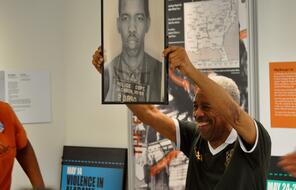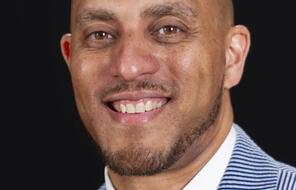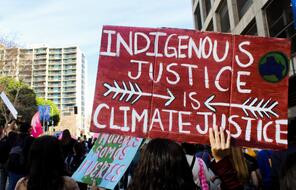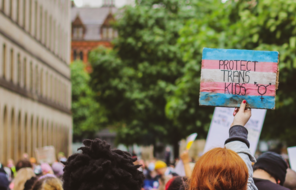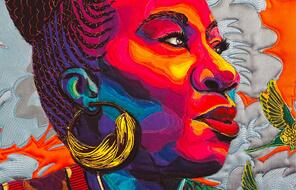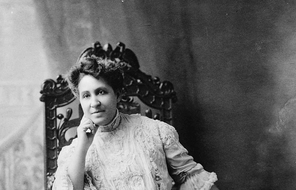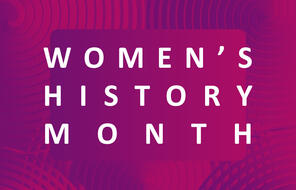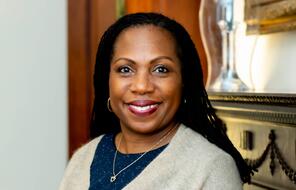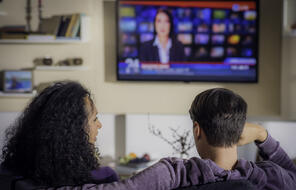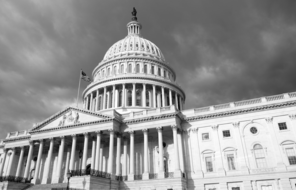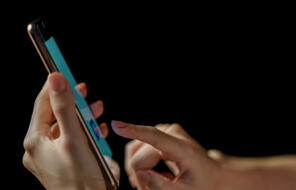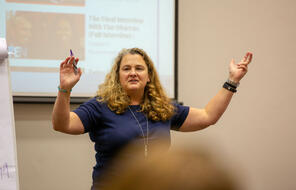
What Does a Current Event Lesson Look Like?
In February of 2020 Pew Research Center published an article titled “Americans’ news fatigue isn’t going away—about two-thirds still feel worn out.” Look at that date again—February 2020. That means before most people in the United States had even heard of COVID-19, the news was already a draining factor in day-to-day life.
Imagine, then, how much more worrisome reading and watching current events became for all of us once the pandemic demanded our attention.
And all of us includes young people. Not only do they notice when the adults in their lives are stressed, they too feel the intensity of what’s happening in our world. From the pandemic to climate change to political division, kids pay attention.
When big questions come up for young people following headline-grabbing issues, those questions often come up in the classroom. Our educators are fielding heightened emotions and deep questions from their students, but in our divisive political climate, and with teacher burnout at an all time high, educators have to be particularly mindful about how they approach these discussions.
Three Facing History teachers—Banjineh “Op” Browne, Jenny Staysniak, and Bridget Riley—recently took time to explain their process when it comes to managing trending news and headlines in the classroom and how they lean on Facing History’s Current Events Collection to guide them toward safe, scholastic discourse.
The bright takeaway? Educators are intimately aware of the importance of helping students grapple with what’s happening in society. Teachers are modeling not just how to read and process the news, but how to verify sources, and how to take part in our democracy.
During our chats with Banjineh, Jenny, and Bridget, we wanted to try and get a snapshot of what a typical current events lesson looks like in each of their classrooms. Here’s what they had to say.
Banjineh: I start any current events class moment by trying to instill the understanding that whatever the current event is in real life, that issue isn’t happening just for us in the classroom, it’s happening outside the classroom as well. I then often bring in Facing History’s Four Corner’s Strategy to try and figure out where their opinions are and I ask questions to kind of see where people are at. Bit by bit ideas and discussions develop.
My first piece of advice to any teacher who is new to teaching current events is always to check out Facing History. I actually did give this advice to one of the people who works at the front desk at my school. Her daughter's partner was a new teacher, and he was teaching civics and felt extremely overwhelmed, and I directed him to the Facing History site. I think it's very user friendly in the way that you can build things and store resources. And if that creativity isn't hitting you in time for lesson planning, you can find the hook you need.
Jenny: The thing about how a typical current events class looks in my space is I actually don't think there is a typical way it looks. This is one of the reasons I love Facing History. A lot of times as teachers we are in the middle of a curriculum, then something happens, and there's that pressure we feel as social studies teachers to handle these conversations. I love rising to the challenge, but sometimes there's a lot we have to get through over the course of a year.
What I tend to do is take snippets of current event lessons from Facing History, and I'll put them into a lesson that I'm already teaching about concerning modern day society. It's less about, "This just happened. Let's talk about it," and more "Here's this big issue of voting rights. Or here's this big issue about the Supreme Court from our unit on the US Constitution.” It's more taking certain bits and pieces that I then can integrate really easily into my current lessons without too much disruption to our flow.
Bridget: We have lived through a lot of monumental moments in the last five years that have needed to be unpacked with students. And just having someone who maybe has a little more head space than I do or who isn't grading 300 papers or whatever, to write those lessons that are immediately important in my classroom, that's been one of the most powerful ways that I've used Facing History within a current events context.
I really can't tell you how many times some tragic or challenging event has happened in our world, and as a very tired, overworked teacher, I went to bed thinking, "How will I address this with students tomorrow?" And then I wake up the next day to an email from Facing History and a writer within the organization had taken the time to craft a lesson for exactly how to thoughtfully address that complex issue.

